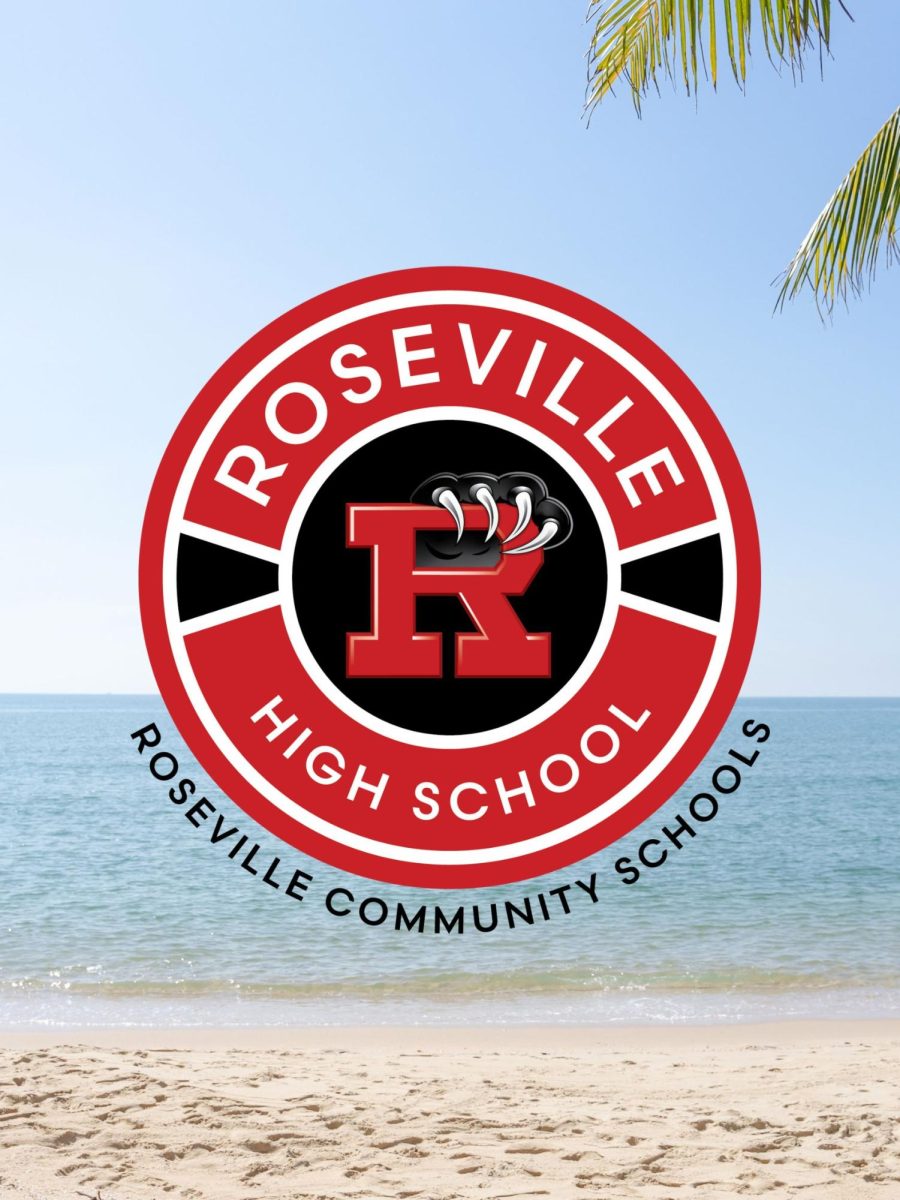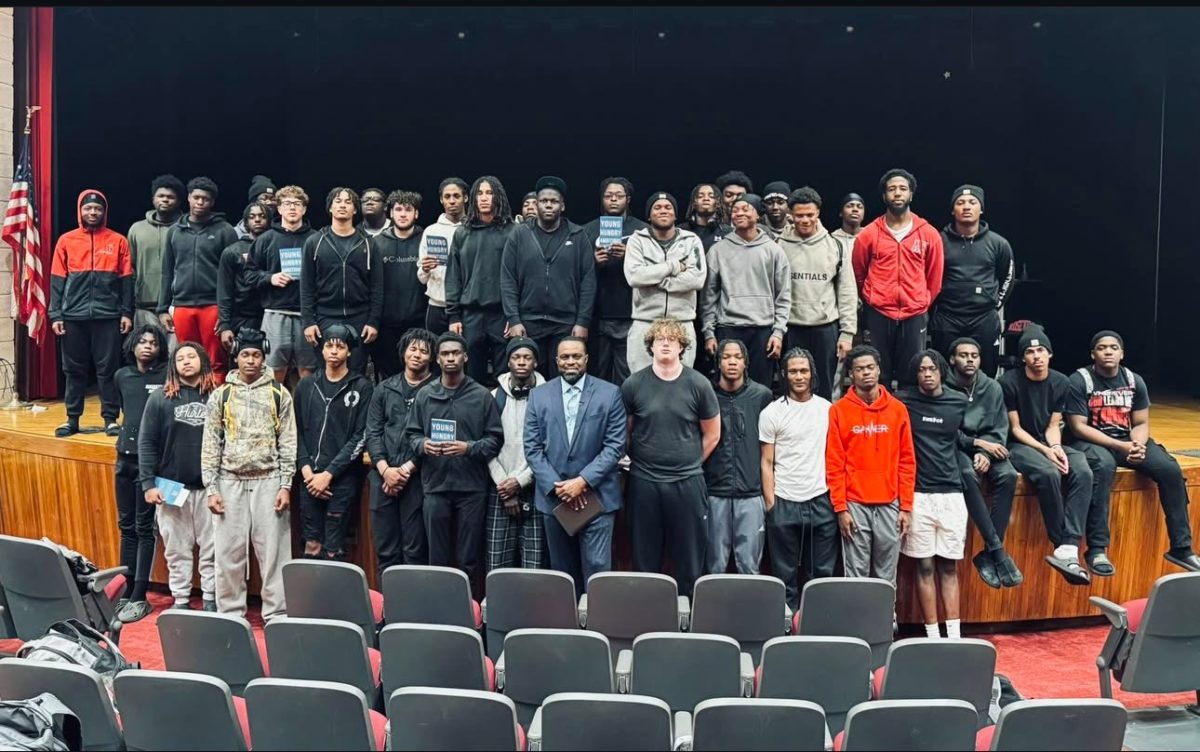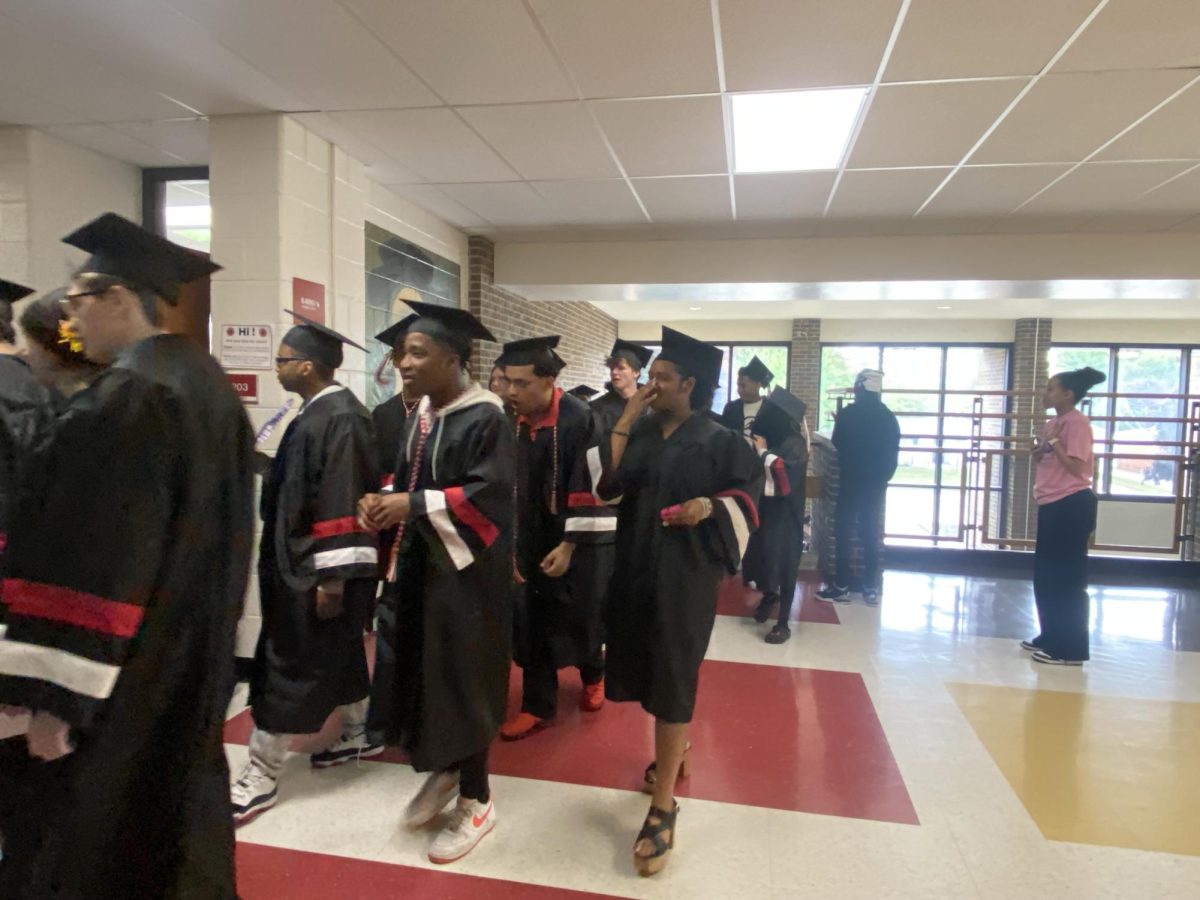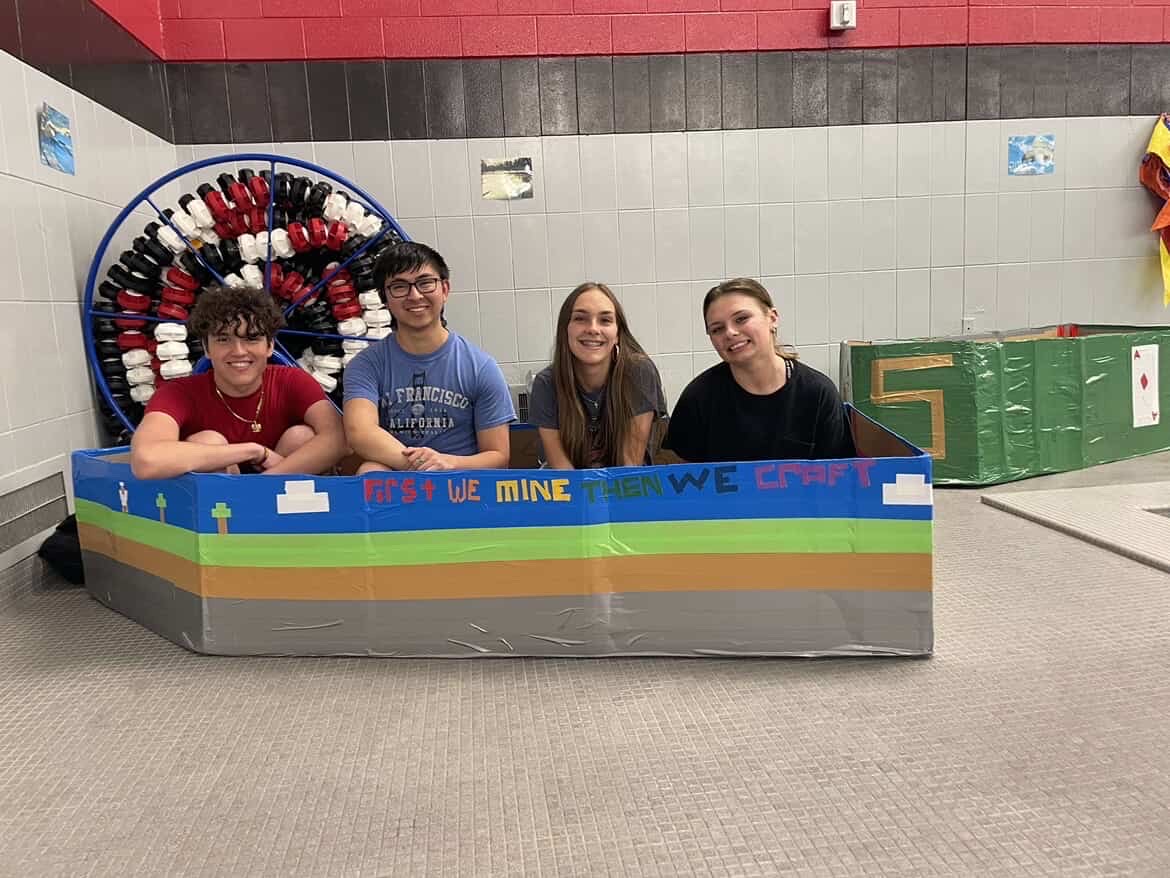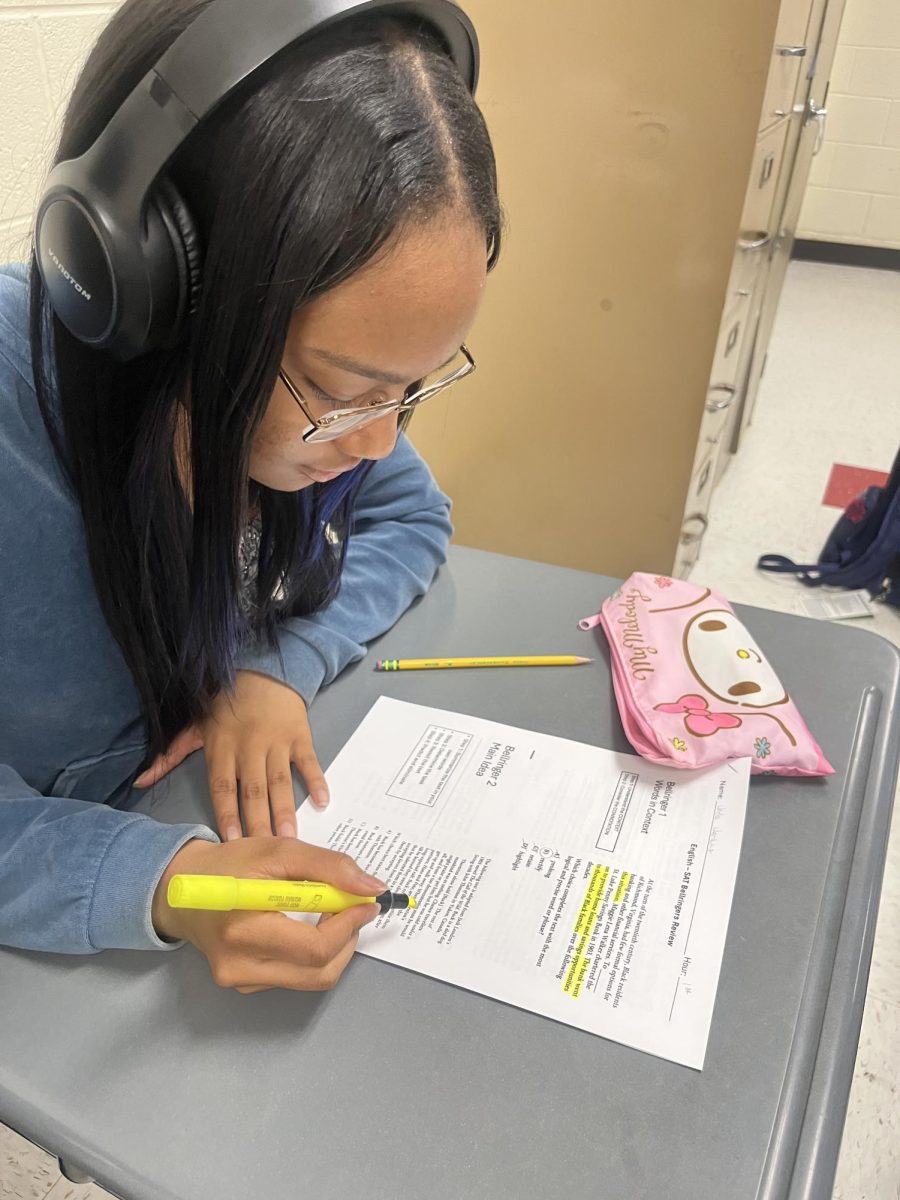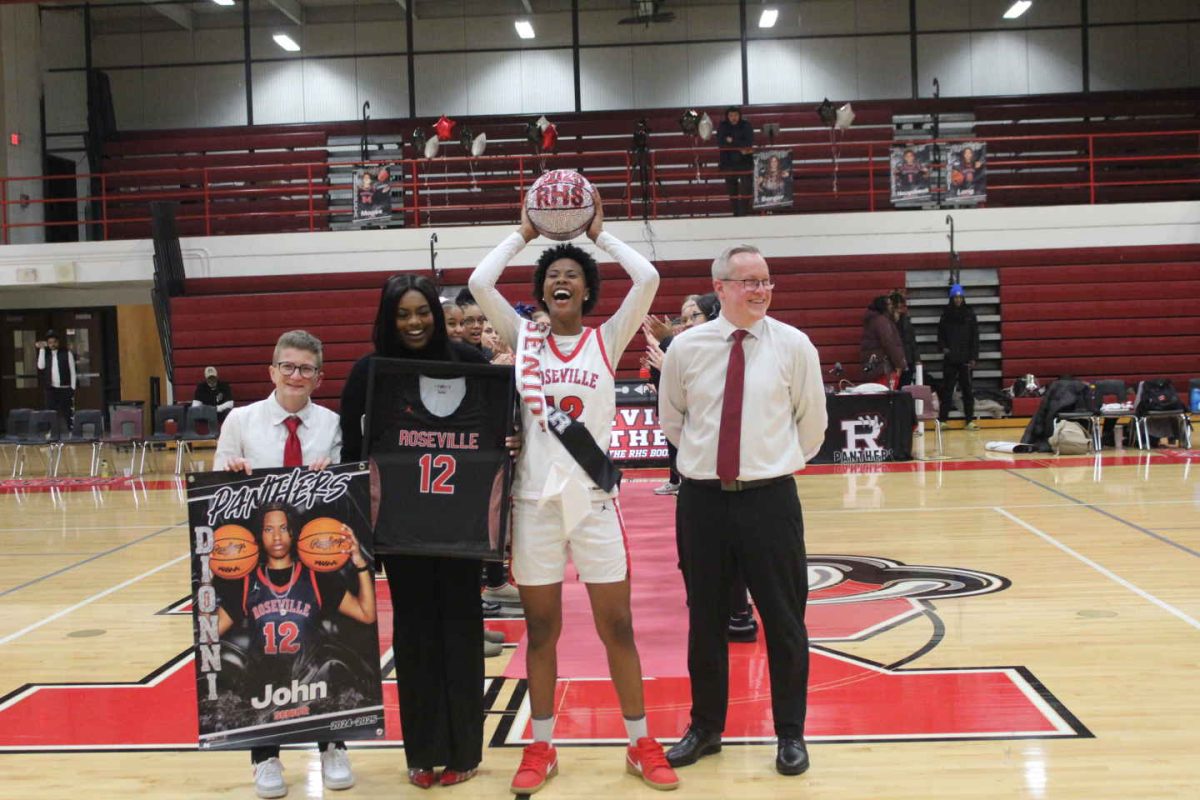Snack battle: Health vs. Hunger
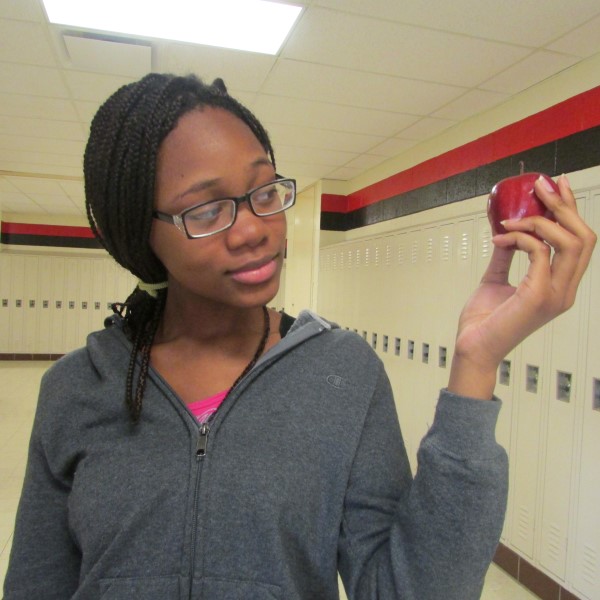
The apple takes the place of many beloved snacks. Is this war?
October 15, 2014
Unless you have been hiding under a rock, you have no doubt seen the changes that the Afterschool Meal Program, under the Healthy Hunger-Free Kids act, has created.
It has wrecked havoc on the Panther Den, Snack Shack, and after school fundraisers. When the school year started students were surprised when the war for healthy eating had reached an all-time high, its victim, snacks. The side who marked their victory was the government, headed by the USDA and First Lady Michelle Obama. It is official; the government has invaded the lunch room, and has been since the HHFK Act was introduced in 2010. The result is smaller pretzels, limited amount of cookies, baked chips, and an end to some after-school fundraising events.
Some do not see this as a bad thing. The CDC, reported that persons aged 12-19 had an increase in obesity from 5 percent to 21 percent, from 1980 to 2012. The USDA, according to some, is doing a noble thing, trying to fight the upward trend of obesity. If you have not figured it out yet, I am not the ‘some’ I talk about.
I remember the time of longer Bosco sticks, sprinkled with parmesan cheese, and foot-long chili dogs. Those were the times and I could actually say I left with a full stomach, or close to it. If re-introduced, I am sure that those items lunch menus will make the congressmen in Washington balk. A year later, I vividly remember being grumpy and asking my friends if they were trying to make us healthier by starving us. Murmurs of agreement rose up around me.
Like déjà vu, year later the same conversation arose and ended with the same conclusions. I must ask, are they trying to make me healthy or hungry? Grades k-fifth caloric requirement is 500-600, sixth- eighth is 600-700, and for high school it is 750-850. If you look closely you will notice that kindergartners are eating practically the same thing as eighth graders, at an only 50 calories gap. That is 14 seedless red grapes, ½ of a small banana, or 12 cherries.
High school students are not faring much better. Is 850 calories even enough to sustain the regular student, less much a student who has physical activities throughout the day? The average 14-18 year old teen girl needs 2,800 to 3,000 calories per day. The average male needs around 3,300 to 4,000 calories per day. Maybe this won’t be such a problem if students ate everything that was on their tray. Sorry to say, but that mandated fruit or vegetable, usually goes into the trash. It’s great, that there are healthier options, but in this case it is just ideologies ruling over practicality.
I find it kind of insulting that I can make plans for my future, but I can’t be trusted to plan my own meal accordingly. I am being trusted to drive a motor vehicle, become an outstanding citizen, vote for the president in the near future, maybe even become the president, but I can’t get some pizza once in a while. It is a bit belittling, if I must say. I love that the government is taking an active role in their citizens’ health, thanks, but no thanks. We are expected to lead the world one day, become doctors, lawyers, entrepreneurs etc, but we cannot choose to pig out one day for lunch. This is a school full of 14-18 year old and I am pretty sure that they can choose what goes in their stomachs and can determine what’s good for them. If it ain’t broke, don’t fix it. This new program unnecessarily makes fundraisers harder. There was a way to raise money for clubs, and it worked pretty well. It has affected clubs like S.T.A.T.I.C and made selling food to students for hospitality management illegal. While students and staff had no problem with the endeavors, the First Lady got to decide what was best for the school. A person who lives hundreds of miles away has more say than people who actually walk through the school doors every day. It is condescending and just does not do the Americans democracy right.
Most of the new food is just not appetizing. Healthy food should not feel like a punishment. No offense to the lunch ladies, I only have love for you guys! But, there are a few pointers. Pizza should not be comparable to cardboard. When people talk the school lunches, “food” should not be put in invisible quotation marks. The problem, well that would be money. Yep, money is the root of all evil. What do you do when you get guidelines for more costly ingredients and the same amount of money? Well, you scrimp on food portion sizes of course. According to a Harvard study, it costs an extra $1.50 daily to eat a more “healthy diet,” that’s $550 a year per person. For around 1,500 students that cost balances out to an extra cost of $825,000. That is probably why you will get a lone burger or a chili dog for lunch.
After learning last year through my rumbling stomach, that the sparse food was not going to cut it, I resigned myself to bring snacks to eat before, during, and after lunch. With all the cuts to the snacks, I now hold my Oreos, chewy Jolly Ranchers, and non-baked chips closer to my heart (or stomach, or mouth in this case). I believe that food programs after school for parents is a swell idea. Less snacks, and more vegetables will be a no for me. Ending on this particular sugar-filled, sugar-rushed, and delicious note, I must say sorry, First Lady Michelle Obama.



